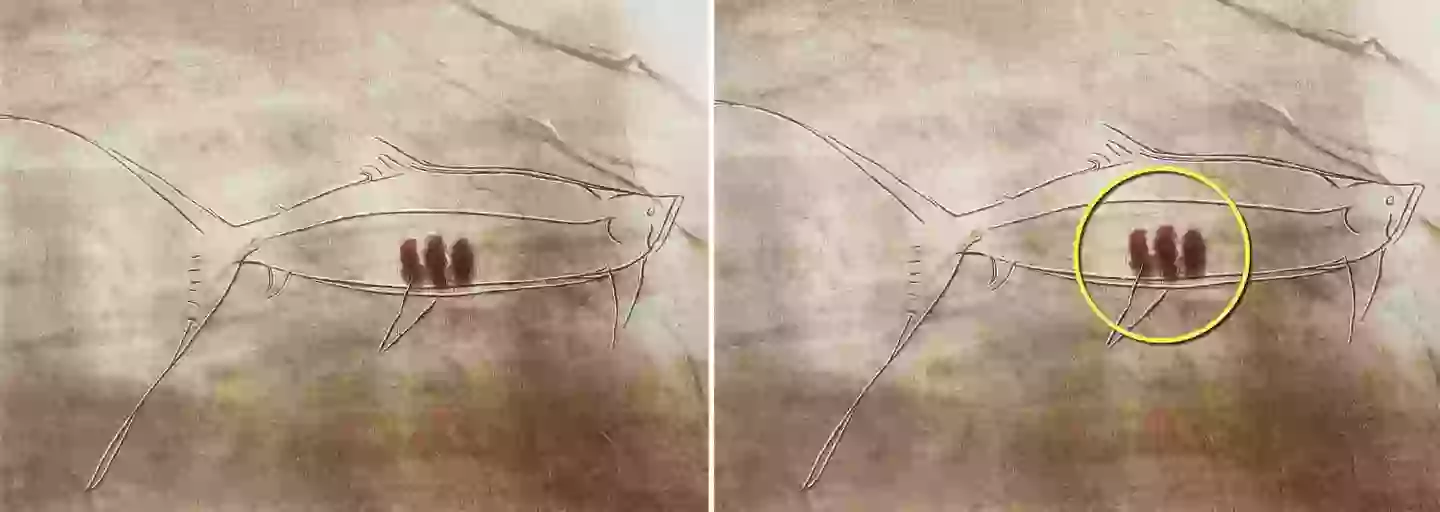
A bloke ‘off the street’ has managed to solve a 20,000-year Ice Age mystery about why our ancient ancestors made cave paintings.
Cave paintings are common throughout Europe, with animals such as fish and cattle often depicted, but archaeologists have long been baffled by the inclusion of dots and other such markings made near to the animal drawings.
Until Ben Bacon, a furniture conservator from London, took it upon himself to study the ancient markings and came to the conclusion that they were an early attempt at marking the lunar calendar and the reproduction cycles of animals.
Advert
Bacon approached academics with his theory and was told to pursue, despite him being effectively 'a person off the street’.
In the end, Bacon collaborated with a team including two professors from Durham University and one from University College London to publish a paper in the Cambridge Archaeological Journal.

Bacon, who has an English degree but decided not to go into academia, told PA: “The meaning of the markings within these drawings has always intrigued me so I set about trying to decode them, using a similar approach that others took to understanding an early form of Greek text.
“Using information and imagery of cave art available via the British Library and on the internet, I amassed as much data as possible and began looking for repeating patterns.
Advert
“As the study progressed, I reached out to friends and senior university academics, whose expertise was critical to proving my theory.

“It was surreal to sit in the British Library and slowly work out what people 20,000 years ago were saying but the hours of hard work were certainly worth it.”
The symbols are well known to experts, but no one was clear on what they meant until Bacon decided to get involved.
One such symbol resembles the letter Y, which he believed meant ‘giving birth’.
Advert
Using the birth cycles of equivalent animals today as a reference point, the team was able to work out that the number of marks associated with Ice Age animals were a record, by lunar month, of when they were mating.
Professor Pettitt, of the Department of Archaeology at Durham University, said: “To say that when Ben contacted us about his discovery was exciting is an understatement. I am glad I took it seriously.

“This is a fascinating study that has brought together independent and professional researchers with expertise in archaeology and visual psychology, to decode information first recorded thousands of years ago.
“The results show that Ice Age hunter-gatherers were the first to use a systematic calendar and marks to record information about major ecological events within that calendar.
Advert
“In turn, we’re able to show that these people, who left a legacy of spectacular art in the caves of Lascaux and Altamira, also left a record of early timekeeping that would eventually become commonplace among our species.”
Topics: UK News